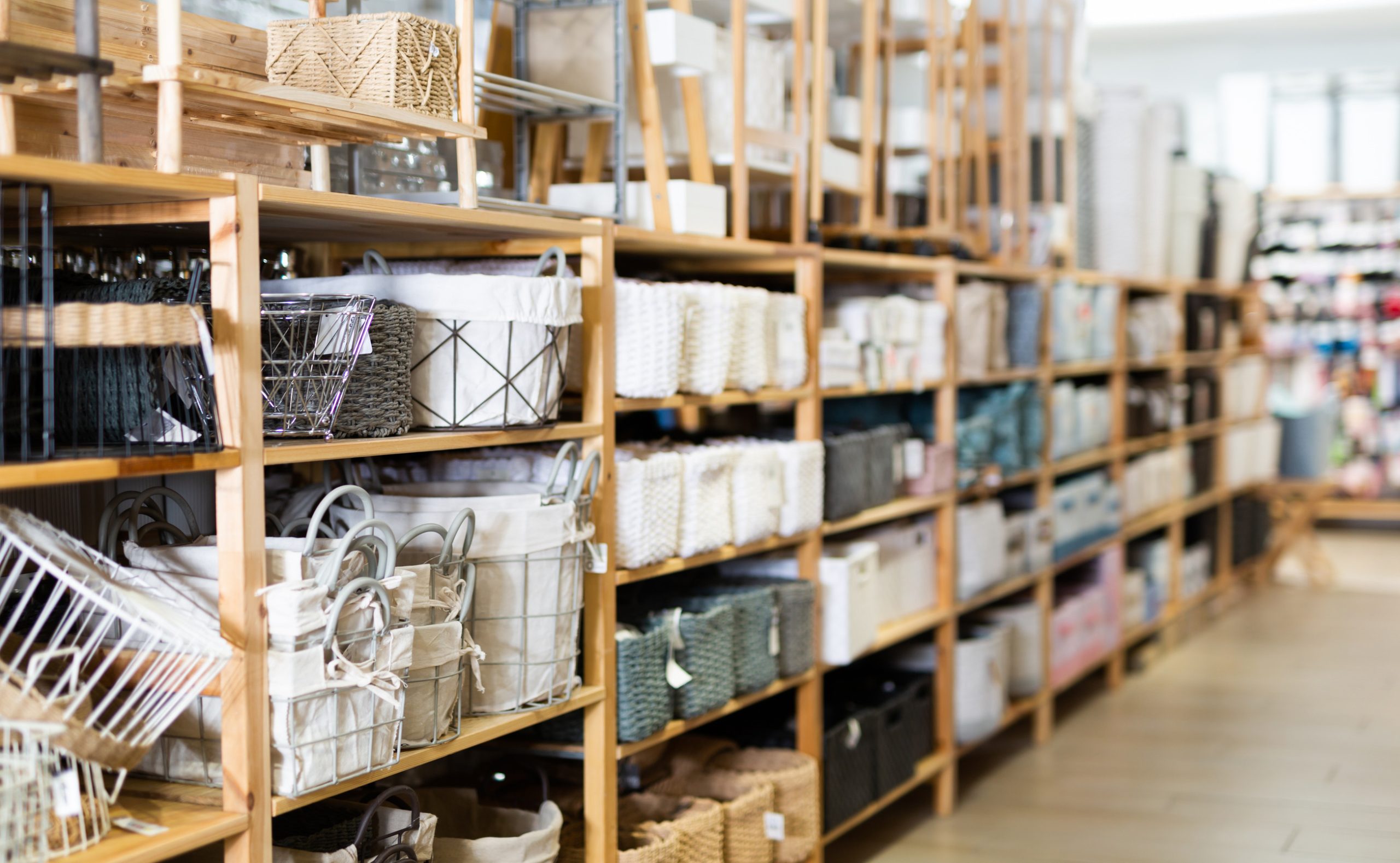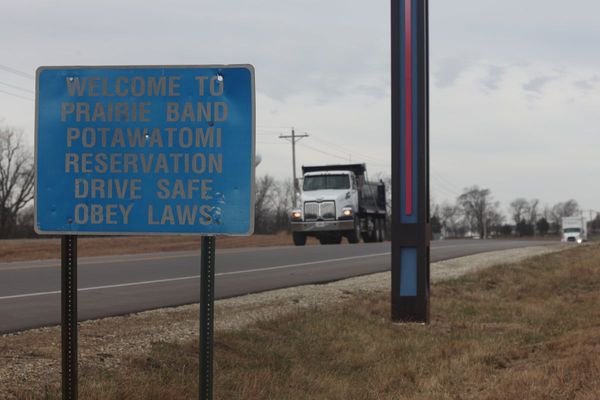
If you’ve walked into a big-box retailer, electronics store, or even a pharmacy lately, you might have noticed something unusual—high-risk items are suddenly displayed near the front entrance or checkout lanes. This isn’t a coincidence. Many retailers are quietly rethinking their store layouts in response to rising theft, supply shortages, and security concerns. By moving certain products to highly visible areas, they hope to reduce losses while keeping inventory available to paying customers. Here are the seven main reasons stores are bringing high-risk items closer to the front.
1. Reducing Theft Through Visibility
One of the biggest reasons for placing high-risk items near the front is simple: more eyes mean less opportunity for shoplifting. When expensive electronics, beauty products, or popular gadgets are in full view of store associates and security cameras, theft becomes riskier for would-be shoplifters. Stores know that a highly visible display discourages quick grab-and-run theft attempts. This strategy also reduces the need for locking products in cases, which can frustrate legitimate customers. By making items visible but accessible, retailers strike a balance between security and convenience.
2. Combatting Organized Retail Crime
Organized retail crime (ORC) has been on the rise, with coordinated groups targeting stores for specific high-value items. These groups often plan their thefts in less-trafficked store areas where they can work without being noticed. By moving these products closer to the front, retailers disrupt the thieves’ ability to operate unseen. Employees can quickly spot suspicious behavior when items are located near checkout lines or customer service desks. This layout change can make stores less appealing targets for large-scale theft operations.
3. Streamlining Customer Assistance
High-risk items often require extra help from store staff—whether it’s explaining product details, checking warranties, or unlocking security devices. Having these items near the front makes it easier for employees to assist customers promptly. It also reduces the time customers spend waiting for help, which improves the overall shopping experience. Retailers have found that quick access to both the product and knowledgeable staff can boost legitimate sales. This arrangement benefits shoppers who value efficiency and personal service.
4. Responding to Shrinking Margins
For some retailers, theft prevention isn’t just about security—it’s about survival. High-value items like small electronics, skincare products, and premium alcohol can significantly impact profit margins if stolen. By placing them in high-traffic areas near cashiers, stores increase the likelihood that every item on the shelf will make it to the register. This approach is often paired with digital tracking, allowing staff to monitor sales patterns and inventory changes in real time. The goal is to reduce losses while keeping the items available for purchase instead of locking them away completely.
5. Adapting to Staffing Shortages
With fewer employees on the floor, it’s harder for stores to monitor every aisle. Moving high-risk products to the front centralizes oversight, making it easier for fewer staff members to keep an eye on them. This layout ensures that even during busy times or staffing gaps, valuable products remain in sight of both workers and cameras. Retailers have found that this setup also allows employees to multitask, assisting customers while keeping inventory secure. In a tight labor market, efficiency is essential.
6. Encouraging Impulse Buys
While theft prevention is the primary reason for relocating high-risk items, there’s also a sales angle. Placing attractive, in-demand products near the checkout area can increase impulse purchases. Customers might pick up a high-value item they hadn’t planned on buying simply because it’s easy to grab while waiting in line. Retailers have learned that strategic product placement can boost sales without compromising security. This tactic blends smart merchandising with loss prevention.
7. Following Loss Prevention Data
Retailers track shrinkage—the industry term for inventory loss—down to specific products and locations within the store. Data often shows that certain high-risk items are stolen more frequently when placed in back aisles or poorly lit areas. By relocating these products to the front, stores act on hard numbers rather than guesswork. This data-driven approach allows them to adjust layouts quickly if theft patterns change. It’s a proactive strategy rather than a reactive one.
Keeping Products Accessible While Staying Secure
The shift to placing high-risk items at the front of the store is a response to both economic pressures and changing theft patterns. By improving visibility, centralizing oversight, and enhancing the customer experience, retailers hope to protect their most vulnerable inventory without alienating shoppers. For customers, this change means easier access to popular products—but also a subtle reminder of the growing challenges stores face. Whether it’s electronics, cosmetics, or other sought-after goods, these layout changes are becoming a new normal in retail.
Have you noticed more valuable products being moved to the front of your local stores? Share your thoughts in the comments—do you think it’s helping?
Read More
What Grocery Stores Hope You Never Notice About Their Pricing Displays
11 Expired Foods Grocery Stores Are Still Legally Allowed to Sell
The post Why Are Some Stores Moving High-Risk Items to the Front of the Store? appeared first on Grocery Coupon Guide.







